
Live
Support AI
Osteomyelitis And Its Role In Limb Lengthening
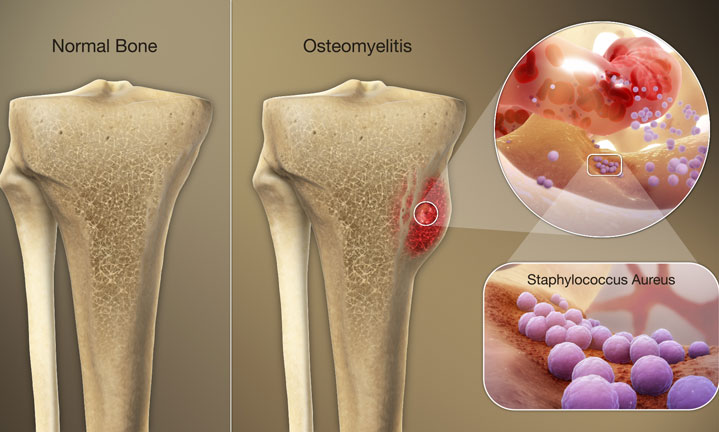
Osteomyelitis and Its Role in Limb Lengthening
The ocean is a huge undersea world that contains a variety of marine life and plant species. All of those discovered so far have been named after each. They’ve been named so many that we might even have trouble pronouncing some of their names. The medical world is like an ocean, indeed. A lot of diseases have been discovered and almost all of them have been named. Some of them may sound terrifying, but when we know what they stand for, we know it’s not really that terrible at all. However, one of them, unfortunately, can be frightening and worrying for most people. What am I talking about? I am talking about “Osteomyelitis” What is this? Why can it be significant in limb lengthening surgery? Let’s find out together;
First thing first, we need to understand what exactly this disease means and we will try to comprehend why it has got an important role in limb lengthening thereafter. Osteomyelitis is literally a bone infection that can affect people of any age. The infection in the bone can occur through the diffusion of bacteria into the bloodstream or nearby soft tissue. Or even an exposed bone can give an open invitation to contract an infection. The primary reasons for it are as below;
- An open wound
- Exposed bone from a trauma
- Injection around the bone
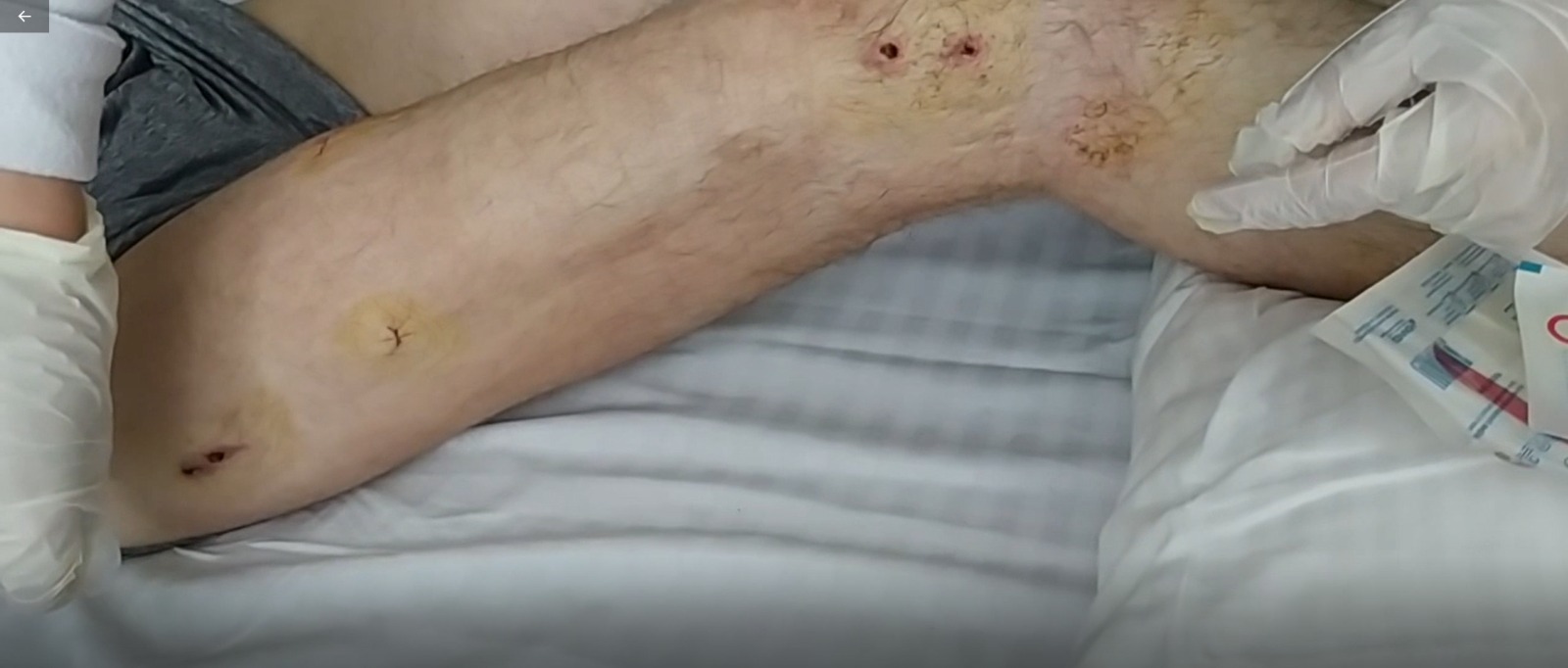
Bone infection may occur for many varied reasons as well. For instance, medical conditions or medicines that have impaired the immune system may bring about the risk of getting a bone infection as well as having diabetes or hemodialysis. It can occur out of the blue or evolve throughout the course of a long period of time. The worst-case scenario would be to have a damaged bone for good if the infection is not treated well. So far, we have got the gist of the reasons why it occurs. How about the symptoms? How can we suspect it? The most common symptoms of osteomyelitis are listed below;
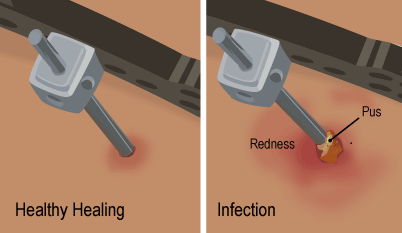
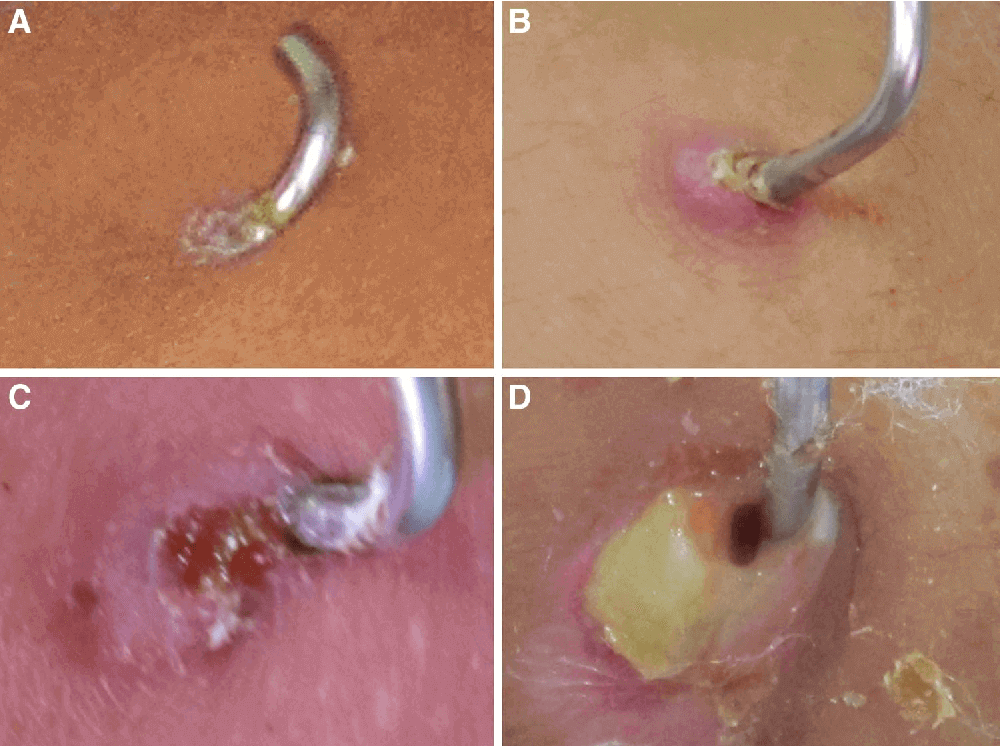
- Pain and tenderness in the affected area
- Drainage of pus (thick yellow fluid) through the skin.
- Feeling ill
- Swelling, redness, and warmth in the infected area.
- Difficulty moving joints
- Difficulty bearing weight or walking
- Fever (may be high when bone infection occurs as the result of a blood infection)
Yet, each individual may go through symptoms differently. In case you have one or two of those symptoms as stated above, please visit the nearest clinic.
A medical history, physical examination, blood tests, culture test, imaging investigations (X-rays, bone scans, CT scans, MRIs, and ultrasounds), and sometimes a bone sample are used to diagnose bone infection.
When it comes to how to treat osteomyelitis, antibiotics and pain medications are used in the first phase. Nevertheless, some patients may need surgery.
In the next part of the article, we will focus more on the open wound. As you may know, small incisions are made in each limb lengthening method. In this case, there is a little bit risk of infection that patients may face during the distraction phase. The risks are high with the LON method, however, it does not indicate that you will not have with Precice 2.2 or Stryde. You will still have open wounds on your skin one way or another. Since there are newly opened incisions in patients after the surgery, the risk of contracting all kinds of bacteria increases considerably. Pin-tract infection is one of the most common complications during limb lengthening using external fixators. In spite of the fact that patients do regular daily local cleansing, some may develop a pin-tract infection. It needs to be treated by enhancing the frequency of local dressing, cleansing, or using antibiotics in such a case.
Such infections including PTIs develop from outside to inside, from soft-tissue inflammation to soft-tissue infection, and finally to bone infection, which is called Osteomyelitis. That is why patients must be really attentive in taking care of their wounds and need to be closer to a clinic/hospital. Otherwise, debridement or pin removal might be considered in case the infection progresses. If you think somehow you cannot manage to deal with the dressing and cleansing during your lengthening phase, you can stay at a facility where a nurse is provided constantly, which is a service we offer as Wannabetaller team to patients from abroad. In addition to that, one of our doctor’s specialties is Osteomyelitis. The doctor has got pretty much experience with how to handle a bone infection. Apart from that, our nurse will be at the facility 6 days a week with the patients during their limb lengthening process and observe them closely. The nurse and the doctor are in constant communication and exchange information to make everything on the right track. Our doctor may visit the patients at their own places occasionally. Above all, patients will be fully informed, well educated, and followed up often by our orthopedic surgeon and their patient consultant even if they stay here during their lengthening phase or not.
To sum up, bone infection is a serious issue that needs to be taken into account by people of any age. It can occur for many reasons and can cause permanent damage. Especially, during limb lengthening, colonization by bacteria may start during the operation or in the early postoperative period. It should be noted that neglecting an infection that is shallowed may bear severe complications and the treatments can shape accordingly. Although contracting an infection during limb lengthening is common, very few cases lead to major complications such as Osteomyelitis. Well-defined and excellent care protocol can minimize the risk of infections.
REFERENCES
Lee WS, Cheung WH, Qin L, Tang N, Leung KS (2006) Age-associated decrease of type IIA/B human skeletal muscle fibers. Clin Orthop Relat Res 450:231–237. PubMed PMID: 16691139
Checketts RGMA, Otterburn M. DeBastiani AGAA, Goldberg DE. Pin track infection and the principles of pin site care. Orthofix external fixation in trauma and orthopedics (2000); Berlin Heidelberg New York: Springer
You will be informed about the lengthening increase, lengthening process, the prices of the surgical methods, the difference of the methods, the risks of the surgery.


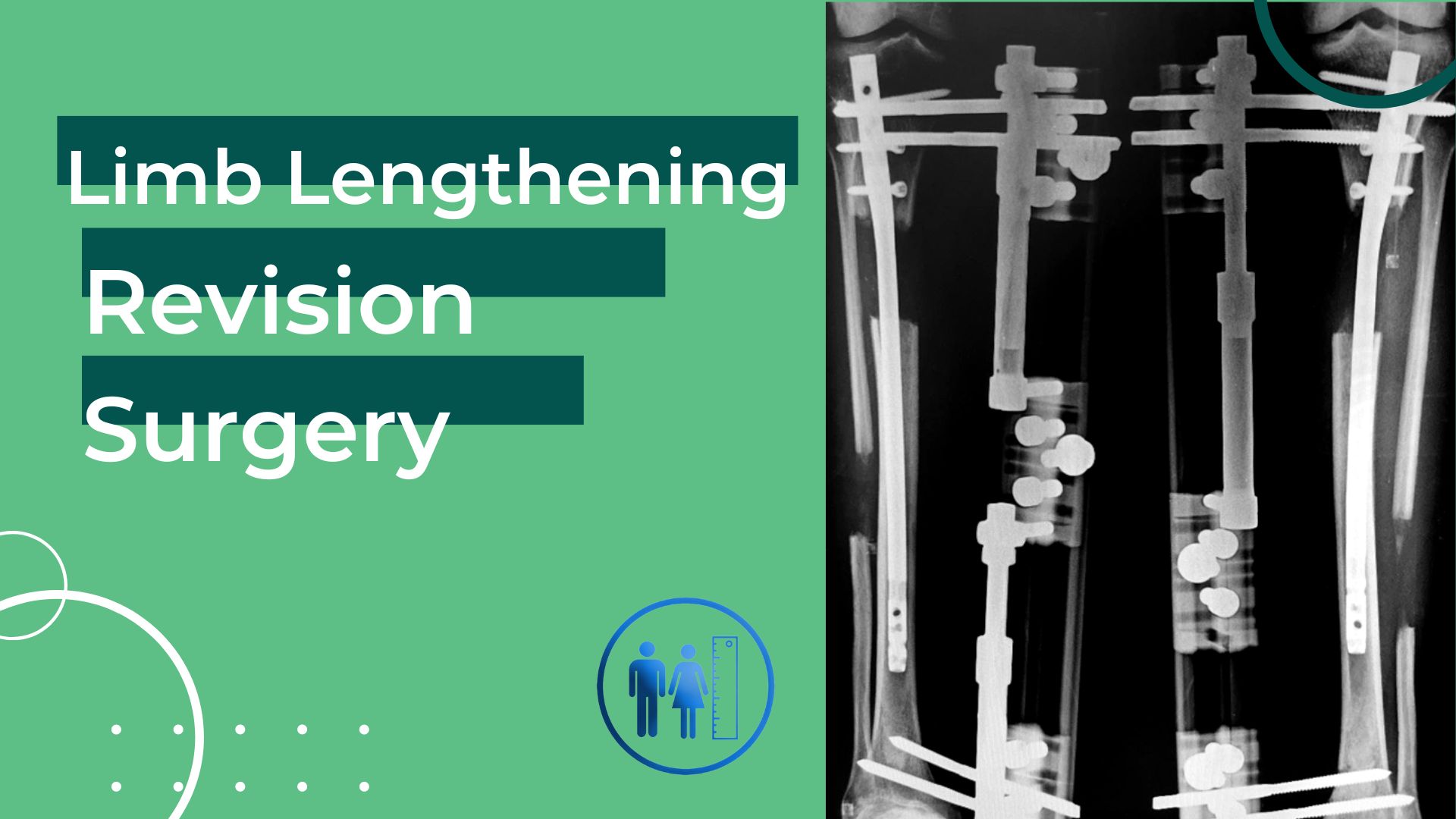
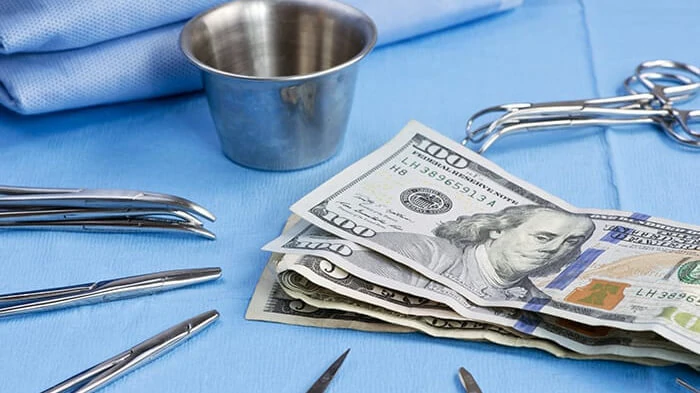

iabrahem 2023-04-08 16:09:59
العدوى والتهاب العظم خطير جدا ومخيف خصوصا للمصاب في مرض السكر
Reply